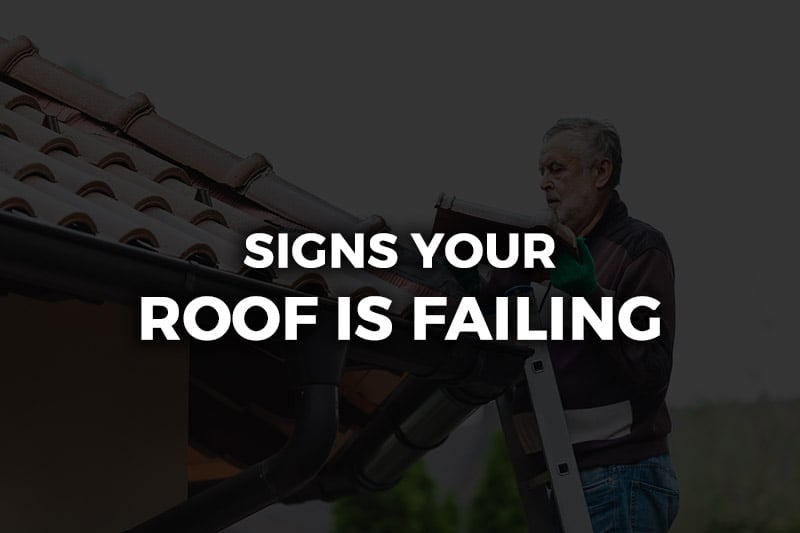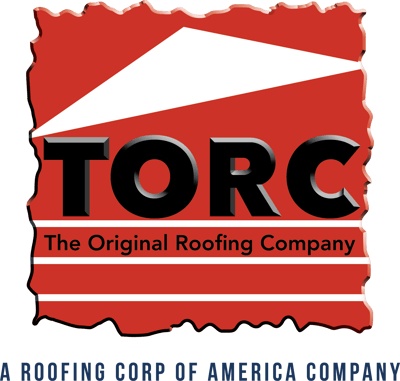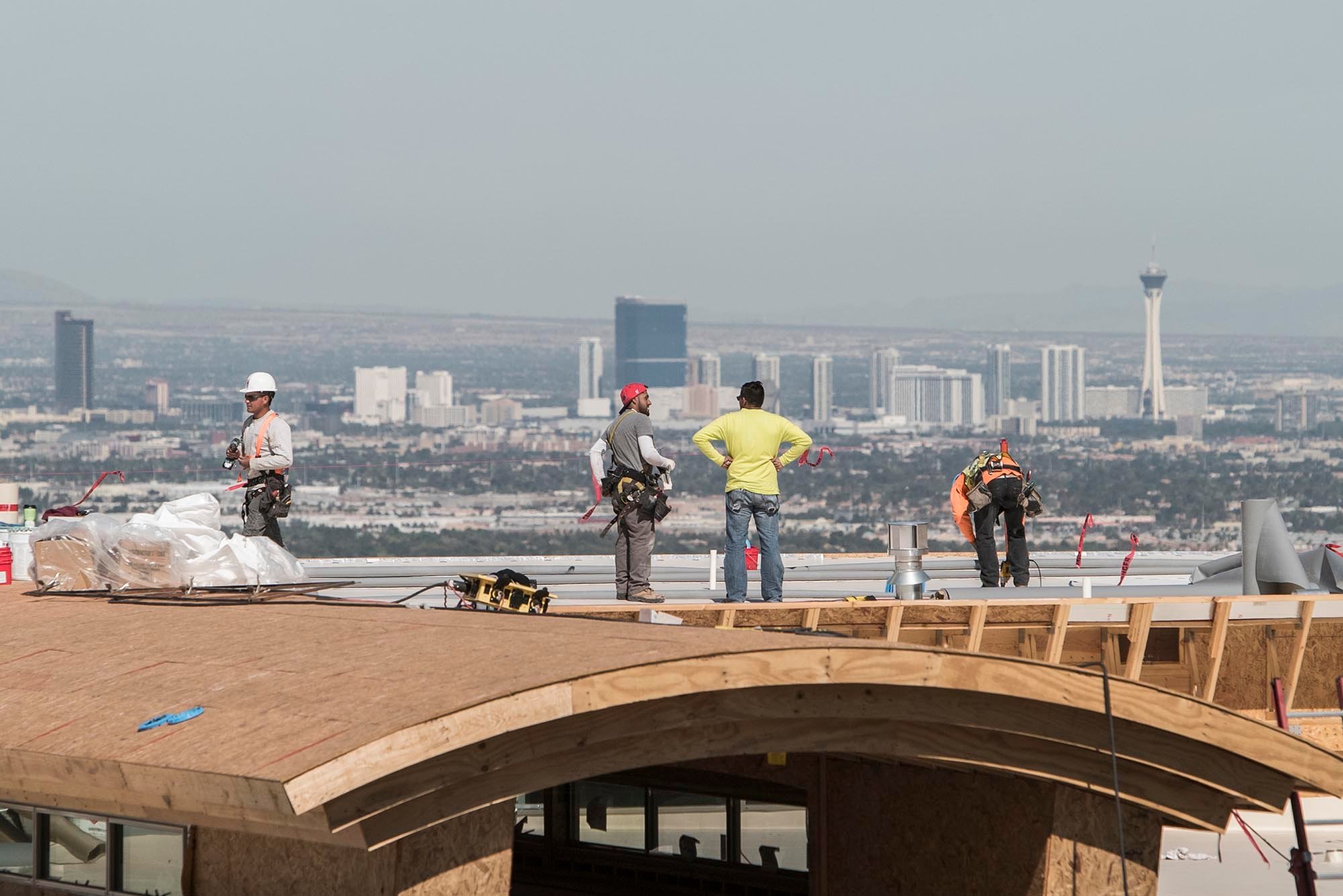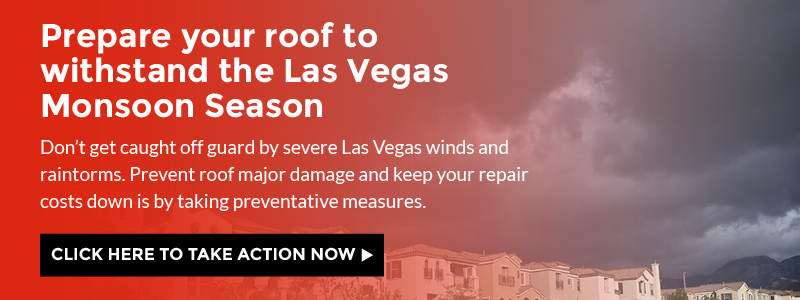
While replacing a roof is a costly expense, it is a wholly necessary one when the roof is failing. Unfortunately, determining if a roof is failing is not as simple as it may appear. A roof can be at partial failure (minor to moderate damage) or complete failure (entire roof collapse). The hope is that, as a home or commercial building owner, you will take action during partial failure to maintain both your wallet and your safety. However, noticing the signs of roof failure means being diligent and observant.
Need residential or commercial roof replacement in Las Vegas? Call (702) 739-7663
What Are the Signs of Imminent Roof Failure?
Here’s what to look for:
Missing Shingles
Whether you’ve lost one or a dozen shingles, this leaves your roof vulnerable to the elements, susceptible to further loss and unprotected against water damage. Patching these gaps when they first occur can prevent your roof from complete failure.
Damaged Shingles
If one shingle starts to curl, blister, or crack, chances are the rest of them are suffering the same wear. This shows you that your roof has reached its limit and is in need of replacing. Depending on how soon in its lifespan these signs show, they could be due to poor installation or simply old age.
Tar Streaking and Algae Growth
When your roof begins to look streaky and stained, this means that bacteria has begun to wear down your shingles until they are no longer effectively weatherproofing your home or building. At this stage, in order to prevent water damage inside your building, it’s time for a new roof.
Granules
Similarly, finding granules in your gutters or splash pan will show you that your shingles have begun to wear down and are quickly losing their effectiveness.
Sagging
More commonly found on flat commercial roofs, but not unheard of for sloped residential roofs, sagging is a sign that your roof is weakening and on the verge of collapse if not replaced. Sagging could be caused by the elements (a buildup of snow, ice, or water) or by improper installation.
Missing or Damaged Flashing
When the sealants around the projections on your roof (such as chimneys or vent pipes) are missing or cracked, water can leak inside the gaps and cause interior damage. Flashing is typically damaged by harsh weather conditions or poor installation.
Interior Water Damage
If you have water damage inside, a damaged roof is the most likely suspect. This sign can lead you to finding any of the aforementioned issues, be it faulty shingles or flashing.
What Causes Roof Failure?
Here are some of the most common causes of roof failures:
Improper Installation
If your roof is not installed or repaired properly, the roof simply will not function as intended. Your roof will be susceptible to leaks and quick deterioration, so it will not last for an appropriate lifespan. No matter the quality of the materials, shoddy workmanship will cause your roof to fail, so be sure to do your research when hiring a roofer.
Related: How to Extend the Life of Your Commercial Roof
Poor Design
Your building’s location, urban versus suburban, will heavily determine the type of roof that will work best—flat or sloped—and the materials most suitable—shingles or tiles or metal. Professional, experienced roofers should know these differences and advise you on what is appropriate. If this is not the case and roof design is not appropriately sloped or ventilated, this can lead to strain on your roof such as sagging and leaking.
Cheap Materials
Though your wallet may not thank you, higher quality materials will last longer. Low-end materials are thinner and deteriorate faster, leading to quicker repairs and a shorter lifespan.
Water Damage
This can occur in several ways. From day one, if your shingles are installed over wet sheathing, moisture trapped beneath the covering can cause blistering. Similarly, if your attic is not well ventilated, humidity from the attic can cause shingles to curl and buckle. Or, finally, water can get trapped on top of a flat or inappropriately sloped roof and cause the roof to sag.
What To Do in the Case of Roof Failure
If you’re noticing any of the signs that your roof could be failing, here’s what you can do:
Get an Inspection
Before you think the worst, bring in a professional to give you a free estimate. You might not have complete roof failure and therefore only need to make a few repairs.
Replace Your Roof
No matter the severity of the damage, make sure you get someone to take care of it right away. Minor damage left unrepaired can lead to further issues such as expensive water damage. If your entire roof needs to be replaced, get it done.
Related: How Much Does It Cost to Replace a Commercial Roof?
Perform Regular Maintenance
Once your roof has been inspected and/or replaced, be sure to keep up regular maintenance on your new roof. Keep an eye on it yourself as well as pulling in professionals for regular inspections. That way, you can catch damage early and extend your roof’s life as long as you can.
Roof failure can lead to a load of trouble for your home or business, so keep an eye on what shape your roof is in. Minor damage like missing or broken shingles can cause water damage inside the building. Be sure to know what issues to look for when you inspect your roof, and always get a second opinion from a professional.






